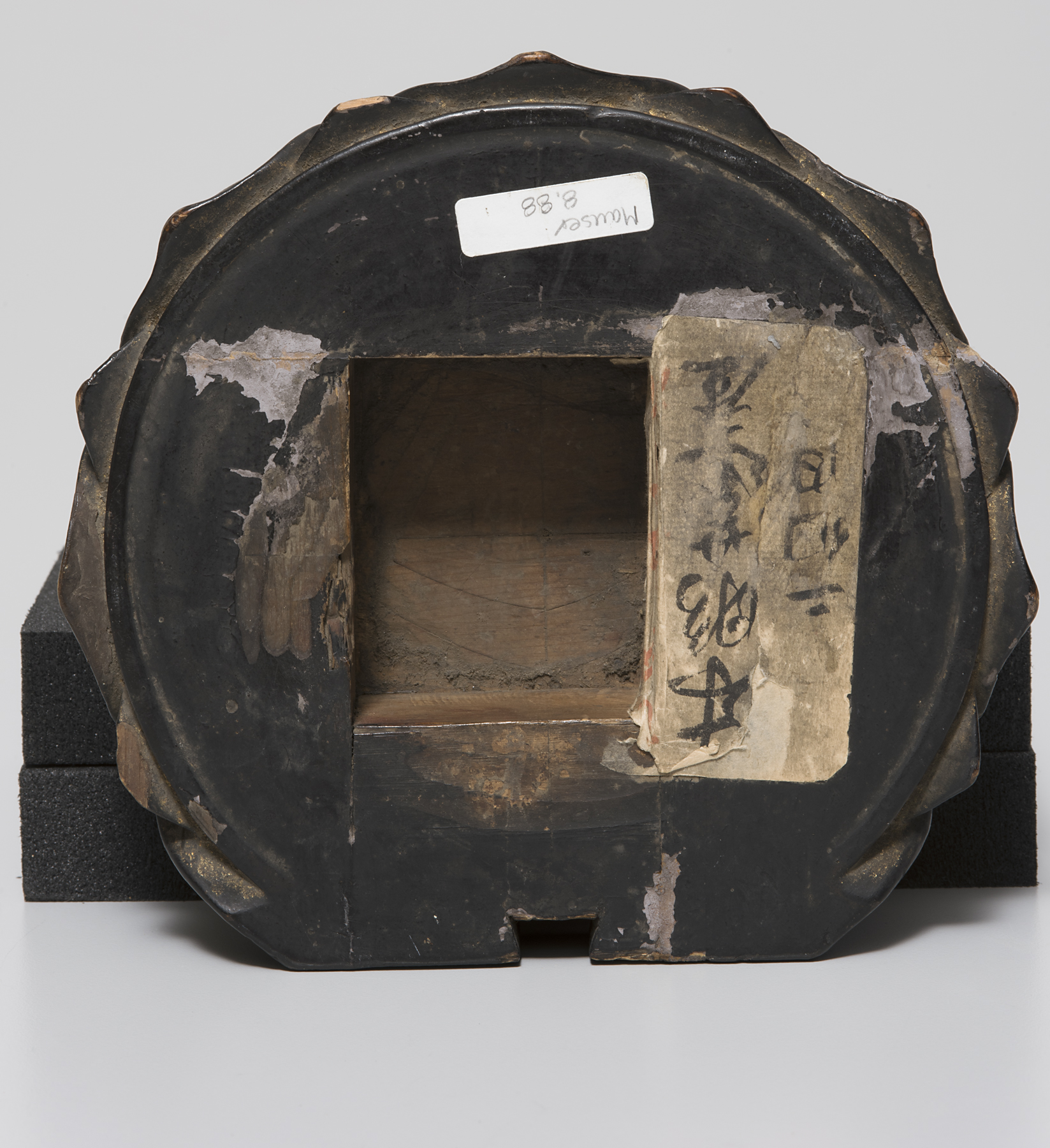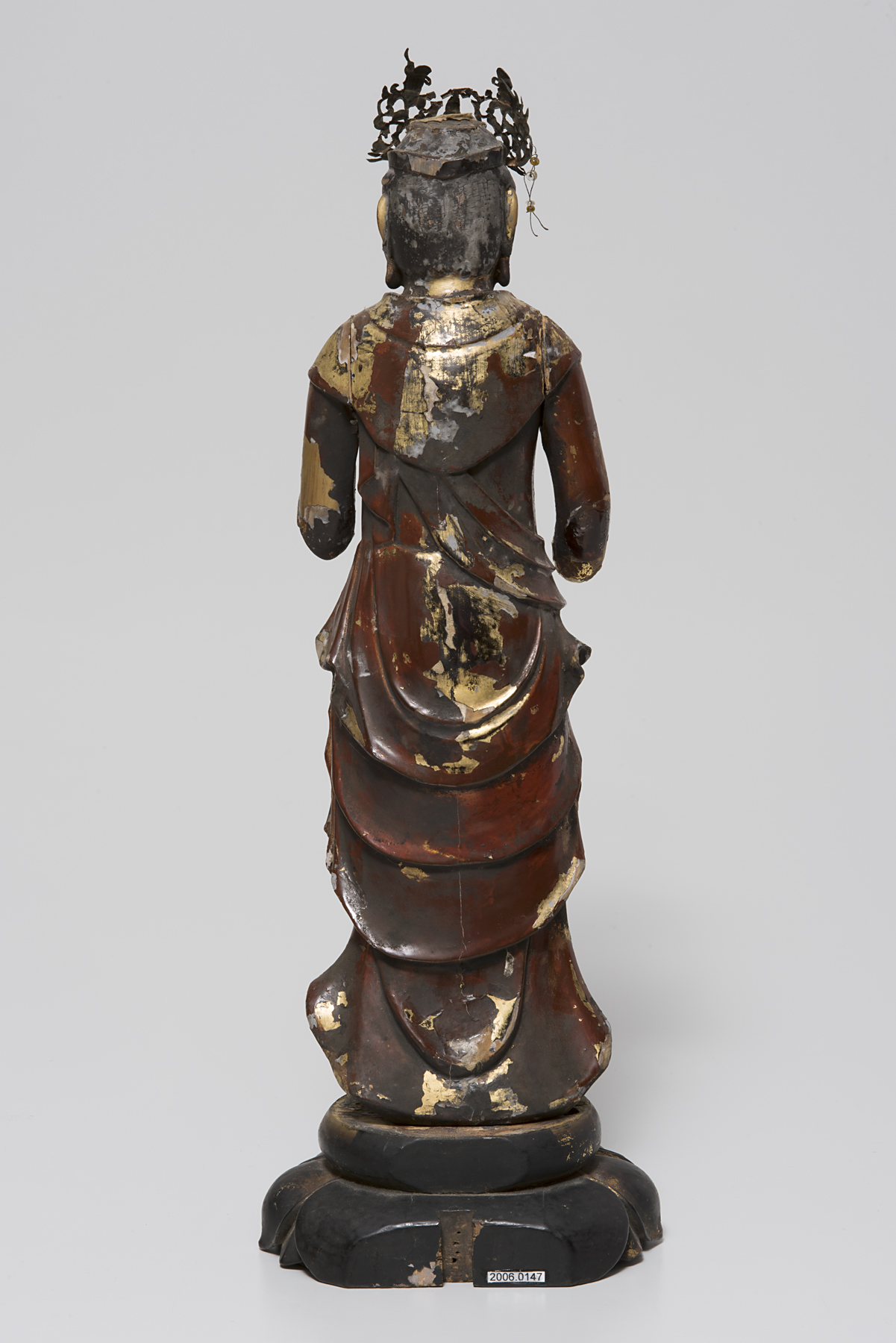standing Bodhisattva, unknown maker from Japan
Artwork Overview
standing Bodhisattva
, Edo period (1600–1868)
Where object was made: Japan
Material/technique: lacquer; wood; glass; gilding; carving
Dimensions:
Object Height/Diameter (Height x Diameter): 46.5 x 16.5 cm including base
Object Height/Diameter (Height x Diameter): 18 5/16 x 6 1/2 in
Object Height/Diameter (Height x Diameter): 46.5 x 16.5 cm including base
Object Height/Diameter (Height x Diameter): 18 5/16 x 6 1/2 in
Credit line: Gift of the Mauser Harmony with Nature Foundation, Inc., in memory of Dr. Ferdinand F. Mauser 1914–1994
Accession number: 2006.0147.a,b
On display: Loo Gallery
If you wish to reproduce this image, please submit an image request






